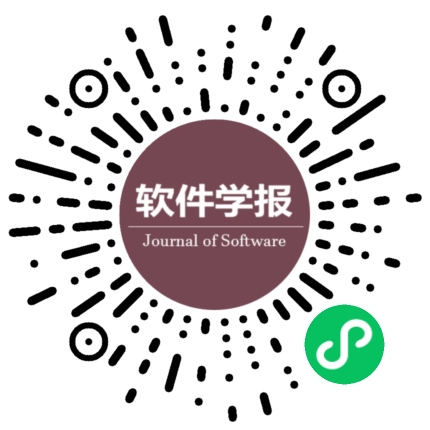阿尔茨海默氏症研究中的磁共振成像数据分析
作者:
作者单位:
作者简介:
通讯作者:
中图分类号:
基金项目:
Supported by the National Natural Science Foundation of China under Grant No.60628101 (国家自然科学基金); the Beijing Municipal Natural Science Foundation of China under Grant No.4061004 (北京市自然科学基金)
Analysis of Magnetic Resonance Imaging Data on the Study of Alzheimer’s Disease
Author:
Affiliation:
Fund Project:
引用本文
赵小杰,龙志颖,郭小娟,姚力.阿尔茨海默氏症研究中的磁共振成像数据分析.软件学报,2009,20(5):1123-1138
复制相关视频

分享
文章指标
- 点击次数:
- 下载次数:
- HTML阅读次数:
历史
- 收稿日期:2008-08-30
- 最后修改日期:2008-12-15
- 录用日期:
- 在线发布日期:
- 出版日期:
文章二维码

您是第位访问者
版权所有:中国科学院软件研究所 京ICP备05046678号-3
地址:北京市海淀区中关村南四街4号,邮政编码:100190
电话:010-62562563 传真:010-62562533 Email:jos@iscas.ac.cn
技术支持:北京勤云科技发展有限公司
版权所有:中国科学院软件研究所 京ICP备05046678号-3
地址:北京市海淀区中关村南四街4号,邮政编码:100190
电话:010-62562563 传真:010-62562533 Email:jos@iscas.ac.cn
技术支持:北京勤云科技发展有限公司



